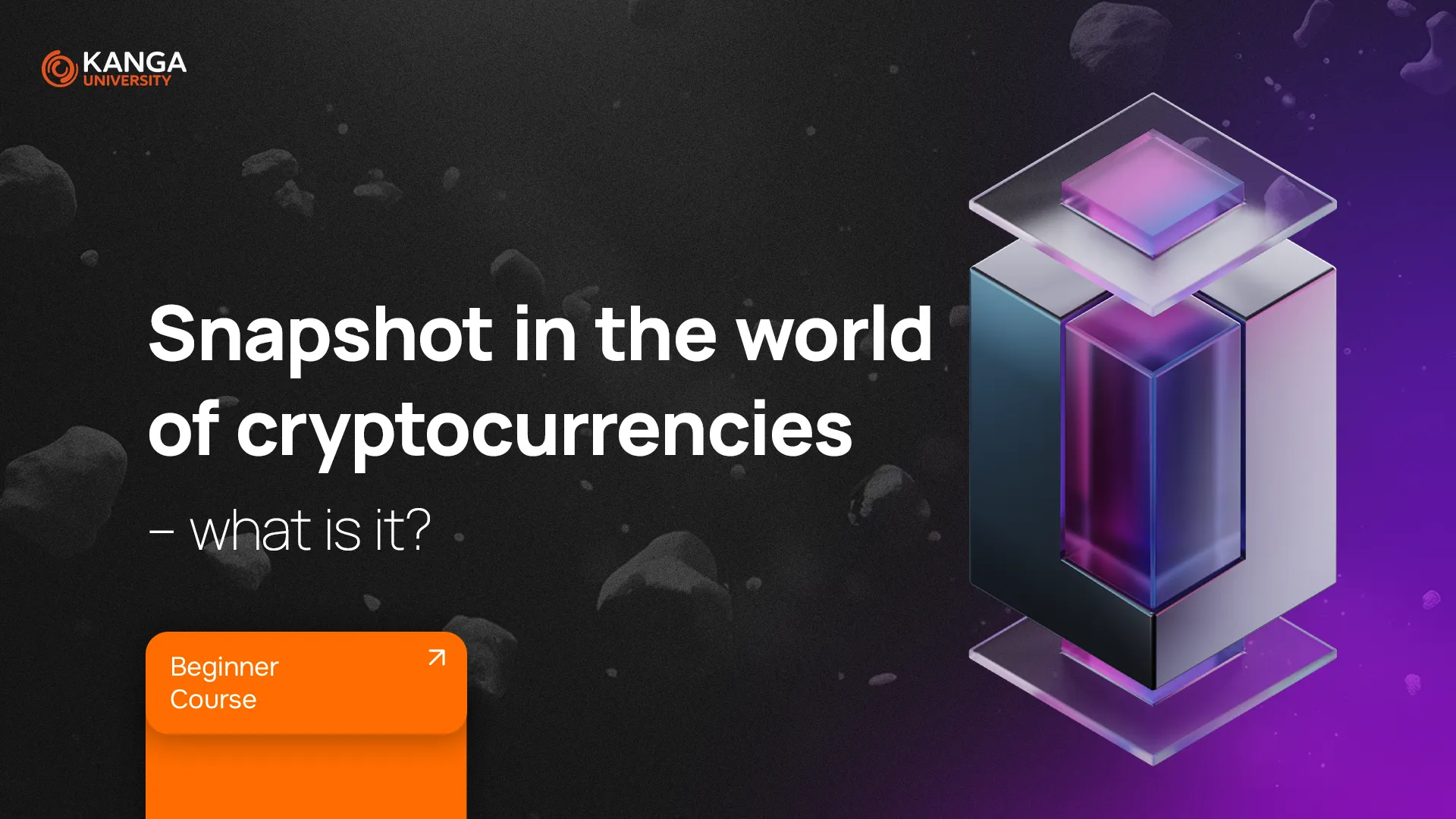
Imagine taking a photo of your room – in a single moment, you capture exactly how it looks. In the crypto world, a snapshot works in a similar way. It records the state of a blockchain at a specific moment in time. This allows tracking of who owned how many cryptocurrencies at that exact moment.
Snapshots are used in various scenarios, such as airdrops (free token distributions), hard forks (splitting a blockchain into two independent chains), and data storage for analysis.
How Do Snapshots Work?
A snapshot is not a full copy of a blockchain but a record of its essential data at a given time. It works similarly to saving a game’s progress – instead of starting over, you can return to a previous point.
Snapshots can be stored on servers or within the blockchain, and they serve several key functions:
- Recording user balances – allows tracking of how much cryptocurrency each user had at a specific moment.
- Protecting against errors and failures – in case of issues, the blockchain can revert to an earlier state.
- Optimizing storage – snapshots take up less space than full copies, making them easier to create frequently.
Snapshots and Airdrops
Snapshots are crucial in airdrops, which are events where users receive free cryptocurrency tokens.
How does it work?
- A crypto project takes a snapshot of the blockchain, recording user balances at a specific moment.
- Based on this snapshot, the project distributes free tokens.
- Even if someone sells their cryptocurrency after the snapshot, they still receive the airdrop because their balance was recorded at the right time.
Example: If a company announces that holders of 100 X tokens will receive an extra 10 Y tokens, the snapshot will confirm who had enough X tokens at that moment.
Snapshots and Hard Forks
Snapshots are also used in Hard Forks, which occur when a blockchain splits into two independent networks.
Example:
- In 2017, when Bitcoin Cash (BCH) was created, all Bitcoin (BTC) holders at the snapshot block (478,558) received an equal amount of BCH.
- The new blockchain inherited past transactions but operated independently after the split.
Thanks to snapshots, users could access new cryptocurrencies without having to buy them.
Snapshots in Initial Exchange Offerings (IEOs)
Snapshots are also used in IEOs, where new tokens are sold on exchanges. Before the sale, an exchange takes a snapshot of user accounts to determine who qualifies for participation.
Example: If an exchange requires users to hold a certain number of X tokens to participate in an IEO, the snapshot records account balances and selects eligible users.
Do All Snapshots Work the Same Way?
No! Each crypto project can set its own rules for snapshots.
- Some snapshots are scheduled in advance – users know when they will occur and can prepare.
- Others are taken randomly – to prevent manipulation, some projects take snapshots at unpredictable times or average balances over multiple days.
Always check the rules of a project before making investment decisions.
Summary
A snapshot is a record of a blockchain’s state at a specific moment, used for airdrops, hard forks, and IEOs. It helps ensure transparency, fair token distribution, and blockchain data management.
Snapshots are an essential tool in crypto, helping projects maintain fairness and security while making important system updates.